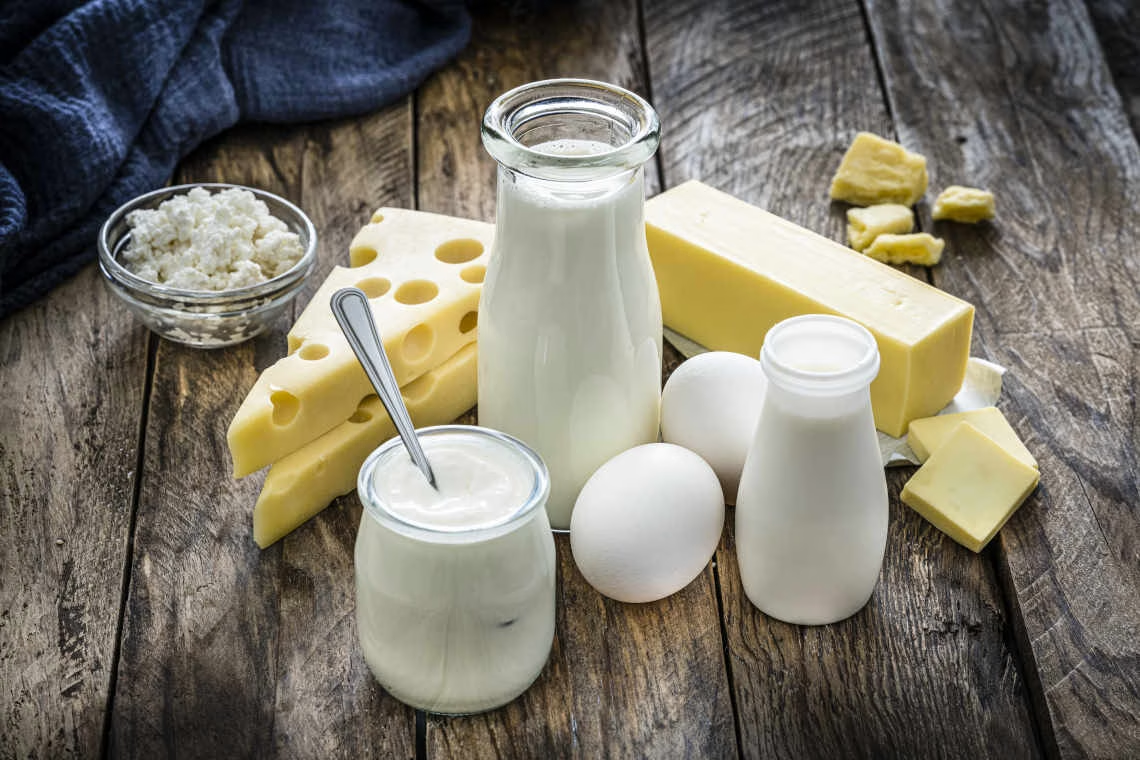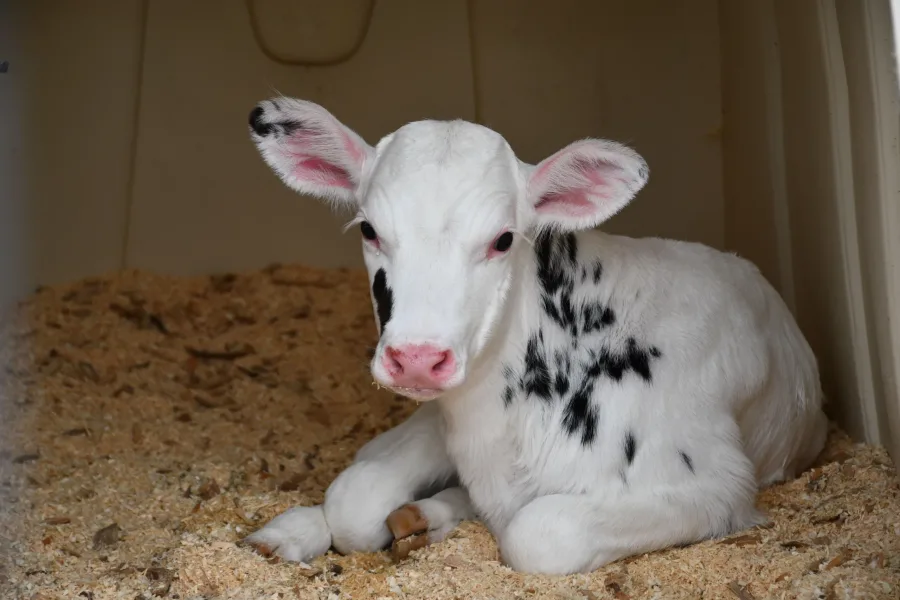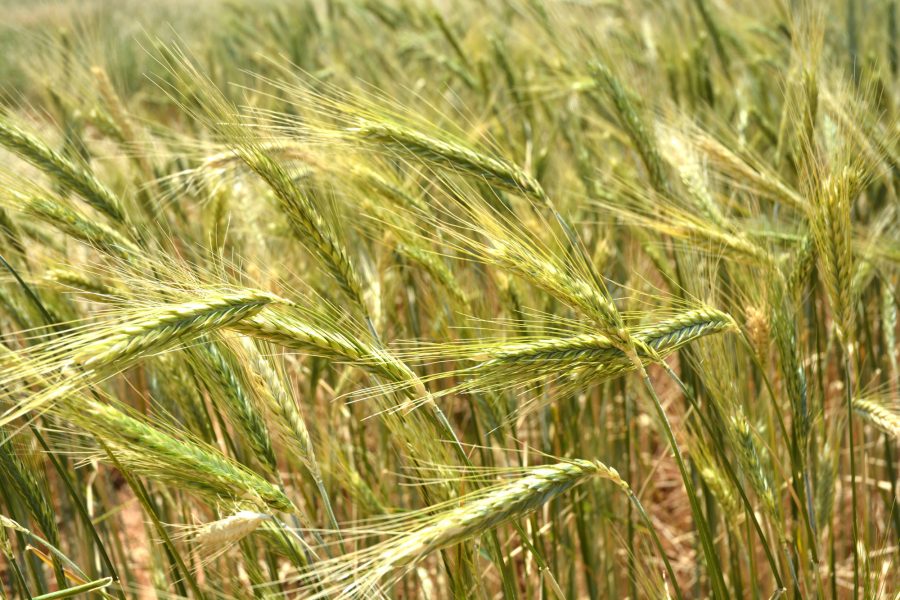Boost your farm’s success by mastering estrus detection and insemination timing. Ready to enhance your herd’s productivity?
Summary: Understanding the intricacies of the estrus cycle is paramount for dairy farmers aiming to optimize herd productivity. With technological advancements aiding accurate heat detection, pinpointing the ideal 12-hour window for artificial insemination becomes feasible, thereby enhancing conception rates and calving intervals. The cows’ estrus cycle is divided into stages: proestrus, estrus, metestrus, and diestrus. Accurate identification of these stages is essential for effective artificial insemination, as it corresponds with the cow’s normal ovulation rhythm. Strategies such as double insemination further boost success rates, but these efforts must be supported by investments in reliable detection methods, thorough record-keeping, comprehensive staff training, and regular monitoring of results. Various technologies, such as activity monitors, pedometers, and hormone testing kits, can improve estrus identification. Ultimately, cow comfort and nutrition are crucial in effective estrus detection and overall reproductive success.
- Understanding the estrus cycle stages is essential for optimal herd productivity.
- Technological advancements improve heat detection, ensuring timely artificial insemination.
- Targeting the 12-hour window post-standing heat enhances conception rates and calving intervals.
- Double insemination strategies can improve success but require robust detection and monitoring systems.
- Investing in technology like activity monitors, pedometers, and hormone testing kits is beneficial.
- Maintaining cow comfort and proper nutrition significantly impacts estrus detection and reproductive success.

Are you frustrated with your dairy farm’s poor conception rates? Imagine the potential for increasing your herd’s output with a few clever modifications. This post will examine how understanding estrus detection and insemination timing may boost your dairy farm’s performance, giving you a reason to be optimistic. Are you ready to understand the secrets of the most significant dairy producers? Accurate estrus diagnosis and proper insemination timing are essential abilities that may alter your dairy business, resulting in higher conception rates, fewer repeat inseminations, and shorter calving intervals.
The 21-Day Journey of the Estrus Cycle: Understanding Each Stage for Maximum Herd Productivity.
This knowledge will empower you to make informed decisions for your farm. Understanding the estrus cycle in dairy cows is a fascinating journey and a key to maximizing your herd’s productivity. This 21-day trip, separated into four unique stages, is a roadmap to increasing herd fertility and production.
- Proestrus: This early phase prepares for the impending estrus phase. During proestrus, the cow’s body prepares for ovulation. Hormonal changes cause follicle growth, preparing for the next estrus period. Missing this phase could lead to a missed opportunity for insemination and a delay in the cow’s reproductive cycle.
- Estrus: Known as “heat,” this is the cycle’s highlight. Estrus is when a cow is sexually receptive and ovulation is approaching. Accurate identification of this phase is critical for effective artificial insemination. Identifying the commencement of standing heat and timing insemination around 12 hours later corresponds precisely with the cow’s normal ovulation rhythm, increasing conception rates.
- Metestrus: Metestrus is the stage after estrus at which ovulation occurs. The cow may show indications of estrus, but the primary emphasis is on corpus luteum development in the ovaries, which prepares for possible pregnancy.
- Diestrus: The last phase is the longest, during which the corpus luteum produces progesterone to preserve a prospective pregnancy. The cycle is restarted if conception fails and the cow enters proestrus again.
Focusing on estrus identification is more important than ever, given to technology breakthroughs that may dramatically improve your herd’s reproductive performance. Investing in effective heat detection systems, keeping thorough records, educating your employees, and monitoring conception rates assures optimum time for insemination and, as a result, increased output for your dairy company. This technological support should give you confidence in your breeding decisions.
Harnessing Technology for Precision: Making Every Insemination Count
In today’s technologically advanced world, several technologies are available to improve estrus identification, guaranteeing that you never miss the vital window for insemination.
- Activity Monitors: These revolutionary sensors monitor cow movement and behavior to detect elevated activity levels indicating estrus. The advantages of activity monitors include automatic and continuous monitoring, which enables early and precise estrus identification. However, the initial expenditure might be significant, and technological difficulties may occur that need frequent maintenance and upgrades.
- Pedometers: Like activity monitors, pedometers measure the number of steps a cow takes, with higher step counts frequently indicating estrus. The advantages of pedometers are their low cost and simplicity of integration into current herd management systems. Conversely, they may not be as exact as activity monitors. They sometimes provide false positives owing to increased movement from other sources.
- Hormone Testing Kits: These tests use hormone levels in milk or blood to determine estrus stages. The key benefit is their excellent accuracy in identifying hormonal changes associated with estrus. However, they need manual sampling, which may be time-consuming, with the additional expense of disposable testing supplies.
Each instrument has advantages and disadvantages, so consider your requirements, budget, and resources when selecting the best estrus detection equipment for your farm.
Mastering the Timing: Why Inseminate 12 Hours After Standing Heat?
Understanding the ideal insemination period is critical for increasing herd output. The optimal period to inseminate is roughly 12 hours following the commencement of standing heat, which coincides with the cow’s natural ovulation cycle. This precision in timing leads to several significant benefits:
- Increased conception rates
- Fewer repeat inseminations
- Improved calving intervals
Double Insemination: A Strategy to Boost Conception Rates
Let’s look at the double insemination approach. Double insemination means inseminating a cow twice during the same estrus cycle to increase conception rates. This strategy has the potential to transform the way you breed your cows.
Implementation Tips:
- Invest in Reliable Heat Detection Methods: Accurate timing is the cornerstone of double insemination, which requires reliable heat sensing. Consider employing activity trackers or other modern technology.
- Maintain Detailed Records: Keep meticulous records on each cow’s estrus cycle to help find trends and improve insemination schedules.
- Ensure Staff Training: Properly trained personnel are essential for successfully executing double insemination. Ensure that your staff knows both the methodology and the time requirements.
- Monitor Conception Rates: Assess your insemination success rates regularly to fine-tune techniques and enhance results.
Practical Tips for Dairy Producers
As a dairy farmer, you understand that accuracy is essential for increasing output and profitability.
Here are some practical tips to help you stay ahead:
- Reliable Heat Detection Methods
- Use heat-detecting devices such as activity monitors, tail paint, or even trained observation. These technologies may considerably increase the accuracy of determining when your cows are in heat.
- Record Keeping
- Maintain accurate data on each cow’s estrus cycle and insemination history. This data is quite helpful in finding trends and optimizing insemination time.
- Staff Training
- Ensure your personnel is adequately taught to recognize estrus indicators and use detection techniques successfully. Knowledgeable personnel may significantly increase conception rates and minimize the need for repeated inseminations.
Cow Comfort and Nutrition: The Unsung Heroes of Estrus Detection
It is critical to emphasize the importance of cow comfort and nutrition in maximizing estrus detection and enhancing conception rates. Imagine functioning at your peak while anxious and undernourished; cows endure comparable obstacles. Stress, whether caused by overpopulation, poor bedding, or harsh weather, may drastically reduce the expression of estrus symptoms, making identification more difficult and unreliable. As a result, the timing and efficacy of artificial insemination are affected.
Poor nutrition exacerbates these difficulties. A cow without needed nutrition is unlikely to display crucial estrus activities, and even if she does, her fertility may be jeopardized. Nutritional deficits may cause irregular periods, delayed ovulation, and lower reproductive efficiency. Well-fed and contented cows exhibit more apparent indications of estrus and have more excellent conception rates.
Investing in cow comfort and a healthy diet is not just a compassionate activity but also a strategic one. Cows’ reproductive systems work better when comfortable and well-nourished, which coincides wonderfully with your estrus detection attempts. Ensure that your herd’s habitat is relaxed and healthy, and you should see considerable gains in estrus detection accuracy and successful inseminations.
The Bottom Line
Understanding estrus detection and insemination timing is a game changer for dairy farms. Understanding the estrus cycle, investing in technology, and educating your personnel may all help your herd’s conception rates.
Are you ready to take your dairy farm to the next level? Begin adopting these methods immediately and watch your success skyrocket. Successful insemination leads to increased productivity and profitability for your farm.















